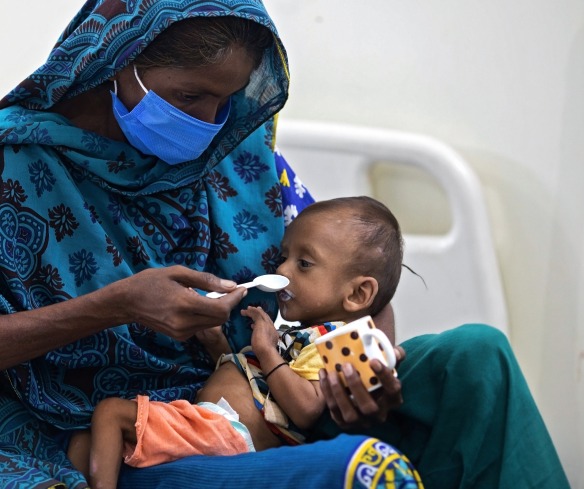
AN UNEQUAL WORLD IS A HUNGRY WORLD
Hunger is fundamentally about power. People with power determine who eats and who goes hungry, who lives and who dies. When the world is unequal, access to nutritious food is not the same, and those marginalized within a community – such as women, displaced people and refugees, and those with disabilities – are more likely to face barriers to essential services, jobs, income, and resources. This inequality causes hunger, especially chronic hunger, which in turn deepens inequity.











